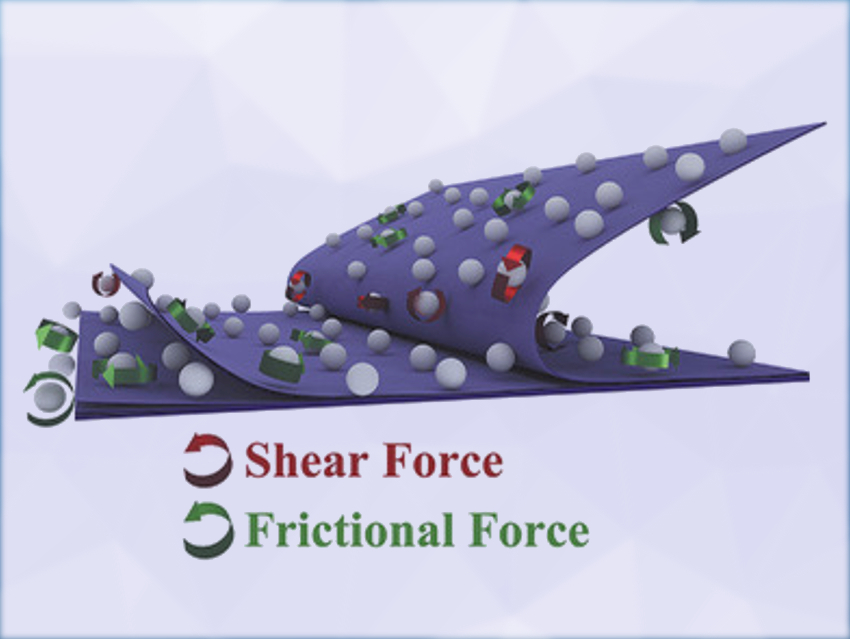Ultrathin nanomaterials such as graphene or 2D transition-metal dichalcogenides have useful physical, optical, and electronic properties, and thus, many potential applications. Efficient preparation methods for these materials are needed. Existing methods such as chemical exfoliation, ultrasonic exfoliation, or ball milling have issues such as the introduction of defects in the products’ crystal structure, low yields, or small lateral sizes of the resulting ultrathin materials.
Shouzhi Wang, Yongzhong Wu, Shandong University, Jinan, China, and colleagues have developed a simple, combined ball milling/ultrasonic strategy to effectively obtain high-quality and large-size ultrathin 2D materials. The team started from bulk hexagonal boron nitride (h‐BN), graphite, MoS2, WS2, or boron carbonitride (BCN), added submicron‐sized Al2O3 abrasives and water, and then subjected the samples to ultrasonication. They obtained ultrathin h‐BN, graphene, MoS2, WS2, and BCN nanosheets in high yields and with lateral sizes of 1–20 µm.
The method synergistically uses friction and shear force between the abrasive and the nanomaterials (pictured). The ultrasonic process provides a longitudinal shear force to achieve separation of the layers. The Al2O3 abrasives provide friction force at the surface and edges of the bulk materials. This supports the separation of the layers.
- Ultrasonic‐Ball Milling: A Novel Strategy to Prepare Large‐Size Ultrathin 2D Materials,
Dong Shi, Mingzhi Yang, Bin Chang, Zizheng Ai, Kang Zhang, Yongliang Shao, Shouzhi Wang, Yongzhong Wu, Xiaopeng Hao,
Small 2020.
https://doi.org/10.1002/smll.201906734

![Synthesis of [c2]Daisy Chains via Mechanochemistry](https://www.chemistryviews.org/wp-content/uploads/2025/04/202504_RotaxanesWithSolidStateMechanochemistry-125x94.png)

